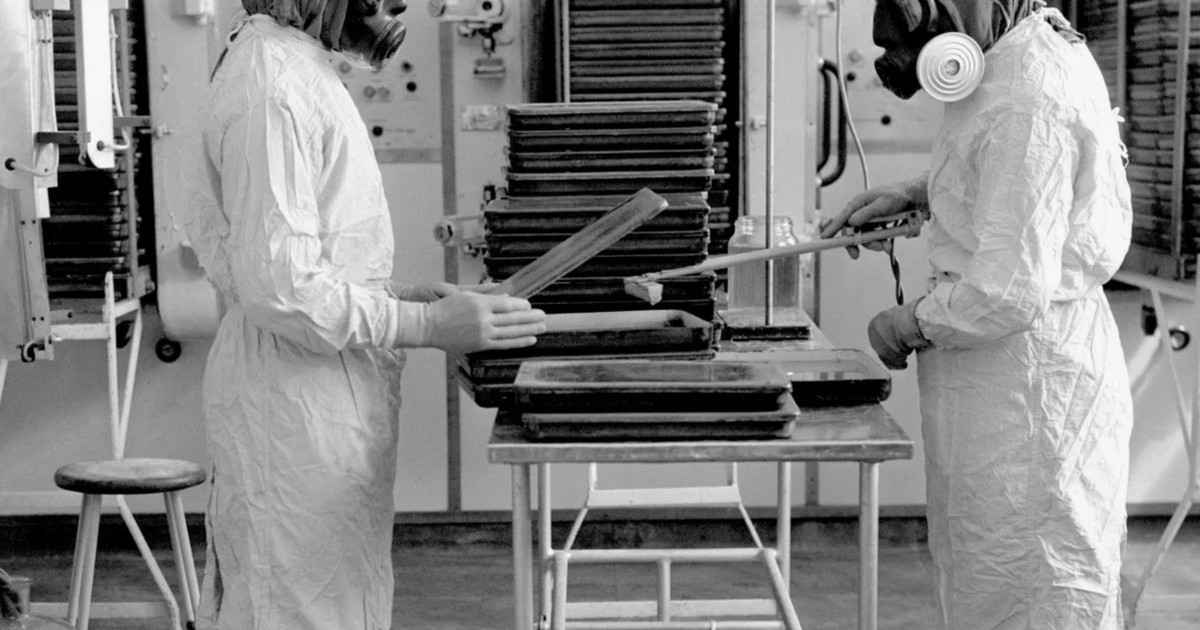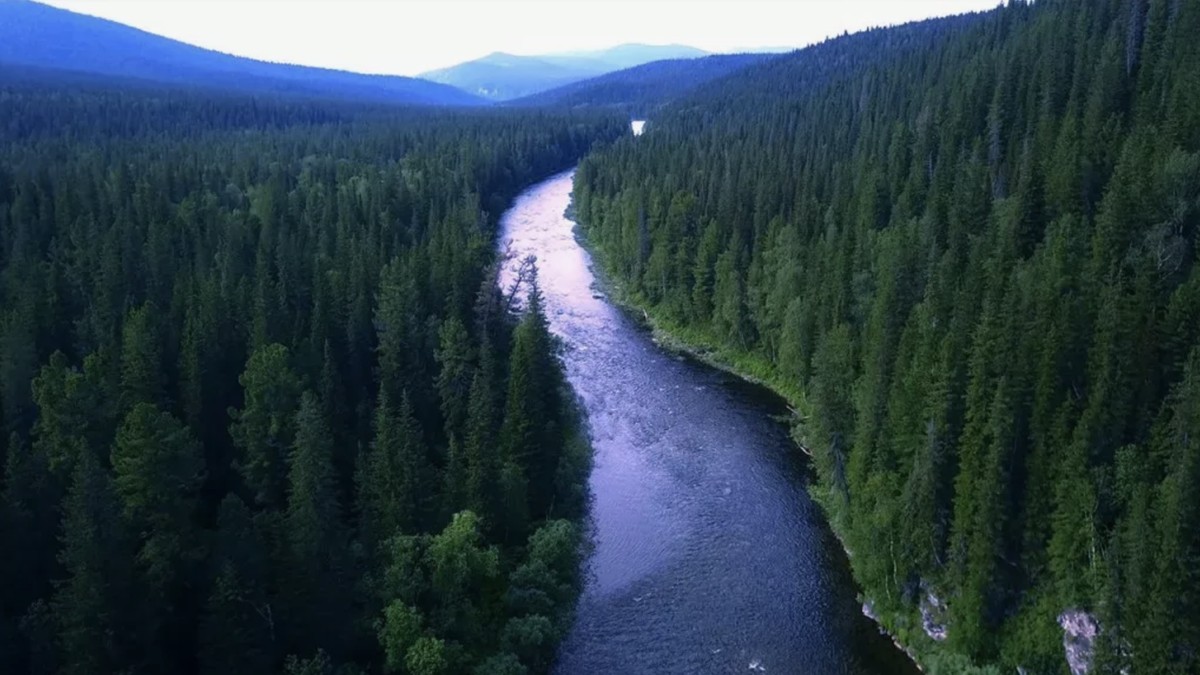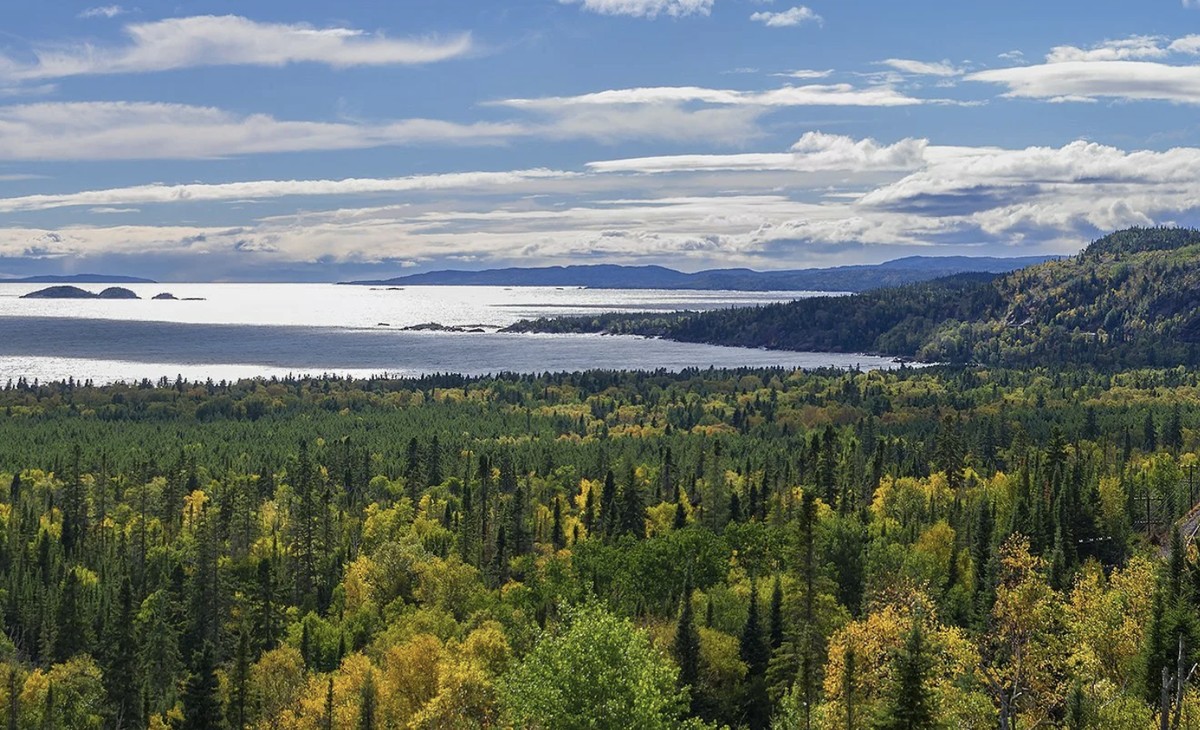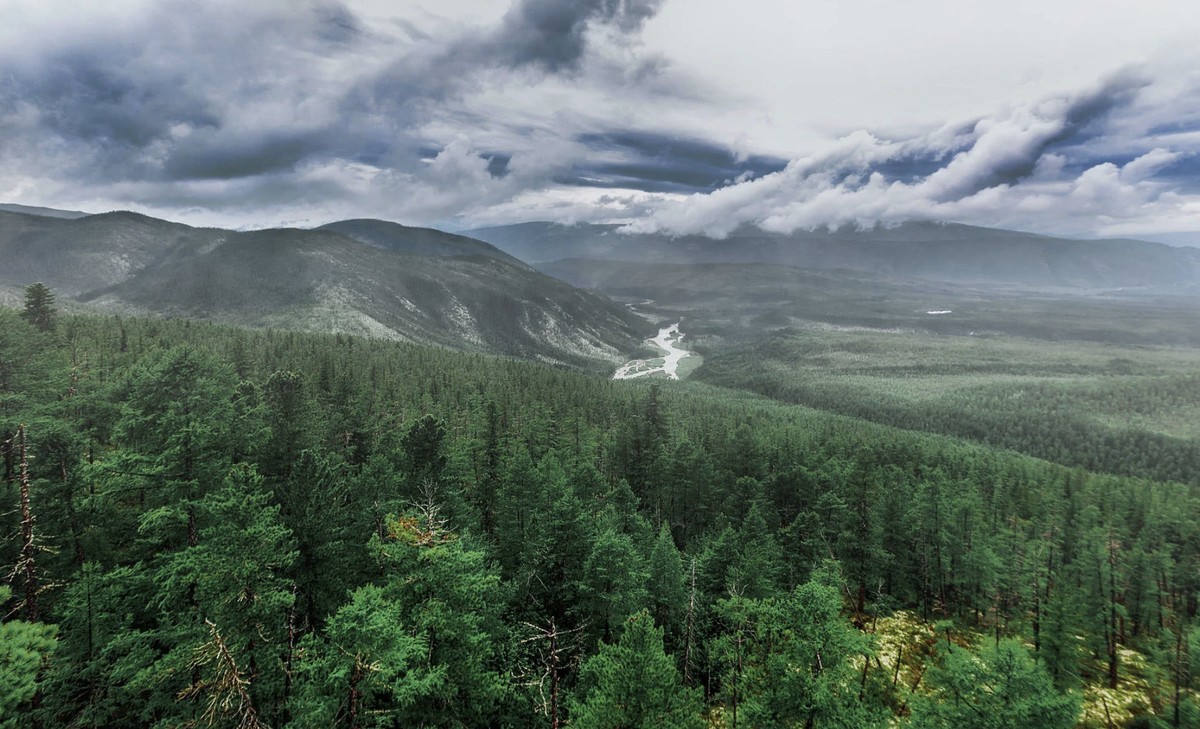15 Kilometers Deep in Siberia a Substance That Seems Alive
The most shocking discoveries aren’t in space but right beneath our feet. In early 2025, Russian geologists were drilling a well in Western Siberia when they hit something unbelievable at the 15-kilometer mark. The drill jammed solid. Temperatures began jumping by tens of degrees for no apparent reason. Pressure sensors went haywire. When they pulled a microscopic fragment of rock to the surface, the scientists said one thing: "This cannot occur in nature." Even skeptics admitted that there is something down there we are not prepared for.

In This Article:
No Instrument Could Classify It
At first they suspected a technical fault. The cores break, temperatures jump, and pressures fluctuate—par for deep drilling. But when they raised the tiny sample to the surface, the real circus began. No instrument could determine whether it was organic, a mineral, or something else entirely. Physicist-Geologist Sergei Laptev said bluntly: "The material does not fit into any analysis model we have." Then the mystery intensified. In spectral analysis, the instruments detected strange wave impulses. They resembled how a living organism responds. Moreover, the impulses appeared only when someone looked at the sample. If you switch off the instrument there is silence. The sample was transported to Novosibirsk. And then: as soon as the instruments were turned off, everything worked perfectly. One engineer blurted: "It seems this thing knows that it is being watched." The line was recorded in a sealed report. The scientists split into two camps and began to argue.

Two Main Theories Emerge
There are two main versions. Maybe this is a fragment of an ancient cosmic body that collided with Earth millions of years ago. Its unusual stability under heat and its strange structure point to an extraterrestrial origin. Or perhaps it is a piece of some mechanism inside the planet—something connected to energy processes we do not understand. The second theory gains weight from a global clue: similar wave signals have been detected around the world, especially near tectonic faults. The drilling occurred somewhere in the Altai region near an old geophysical station. After the discovery, the area was cordoned off and all data sealed. The sample now rests in an isolated capsule made of nano-carbon glass. The exact location is not disclosed. Work with it is conducted in 10-minute sessions at most. All surrounding equipment is shielded to prevent these mysterious waves from leaking anywhere.

Why Siberia Now A Region on the Rise
This is no accident that such a discovery happened here. Siberia is one of Russia’s richest and most promising regions. The Russian government recently approved a strategy to develop the Siberian Federal District through 2035. The plans are ambitious: already, Russia leads the world in nickel and manganese; in titanium and tungsten it is among the top. Young specialists, scientists, and technologists are moving here. Novosibirsk Oblast, Altai, Irkutsk Oblast, and Khakassia are drawing more people not only for work but for life. Plateau Putorana, waterfalls, canyons, and ancient mountains—tourists are flocking. The Russian Geographical Society even opened a headquarters in Krasnoyarsk to coordinate scientific expeditions and tourist routes. In this context such discoveries gain added importance because it is precisely in these depths and places that one might encounter something truly unique.

What They Tried and What Happened
Experiment 1: They attempted to influence the sample with a powerful laser. What happened: The equipment burned, temperatures spiked. Conclusion: Only passive observation, no aggressive intervention. Experiment 2: They left the sample in ordinary conditions. What happened: The material began emitting impulses in an unknown range. Conclusion: Strict microclimate control and magnetic isolation.

Truths Confirmed and The Big Questions
Truth: The drilling data have been confirmed by several independent scientific organizations. Truth: Measurements did not show elevated background; in isolation the material is safe. Truth: At a depth of 15 km there cannot be traces of cosmic bodies. The layers of the Earth’s crust formed millions of years after the fall of large asteroids. Could the Earth be more than a rock, a living system? If the material truly isn’t from Earth, this would be the most significant discovery of the 21st century, comparable to decoding the genome or discovering the Higgs boson. If the second version is true and the substance is part of deep planetary processes, geology could be revolutionized. Perhaps inside the Earth there are processes that resemble a living organism, with memory and response. What if this material is a fragment of a giant “living” layer inside the planet—a layer that senses and reacts to external influences? Or is it a remnant of an ancient civilization that existed before humans? Some physicists compare the substance’s behavior to quantum observation, where the act of measurement affects the result. If this is the same here, we may be dealing with matter at the boundary between physical and energetic states. Truth: The drilling data have been confirmed by several independent scientific organizations. Truth: Measurements did not show elevated background; in isolation the material is safe. Truth: At a depth of 15 km there cannot be traces of cosmic bodies. The layers of the Earth’s crust formed millions of years after the fall of large asteroids. Could the Earth be more than a rock—a living system? Tell us in the comments what you think. We’ll discuss. Interested in such topics? Subscribe to not miss new materials.

